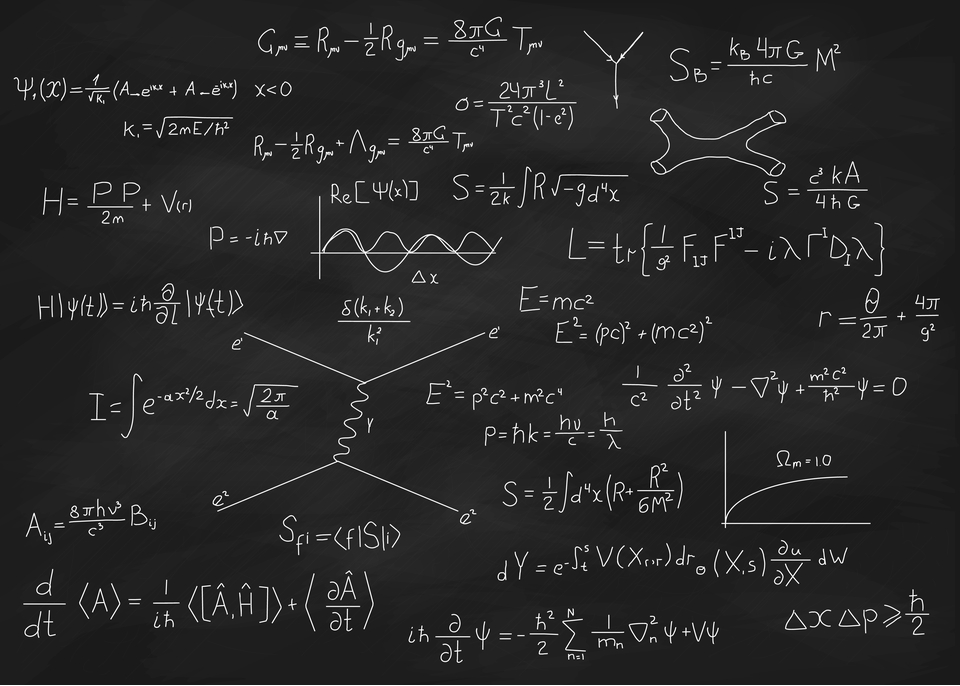Chinese scientists have reportedly used a known quantum principle in controlling the internal resistance of semiconductors.
Researchers from the Tsinghua University and Institue of Physics, Chinese Academy of Sciences in Beijing have used the quantum principle known as the “Quantum Anomalous Hall Effect” to control the states of matter within multiple layers of magnetically doped semiconductors.
The Quantum Anomalous Hall Effect was initially observed by an earlier team of researchers from the same university. Since then, great strides toward quantum research has been made by the Tsinghua researchers. And now, their latest discovery could lead to the development of more powerful quantum computing systems.
Using the QAH effect, the team found a way to move electrons a few millimeters in distance without losing their energy. By storing the electrons’ power with the aide of the QAH effect and the material used to conduct it, quantum systems could be made more energy-efficient and faster.
In their study published in the journal Chinese Physics Letters, the researchers described how they fabricated an artificial material they claimed could be used in developing a Topological Quantum Computer using Molecular Beam Epitaxy. The latter is a new technique that would enable the production of single-molecule-thick layers of crystal to be stacked.
“We can indeed realize QAH multilayers, or a stack of multiple layers of crystal lattices that are experiencing the QAH effect, with several magnetically doped films spaced by insulating Cadmium Selenide layers. Since we do it by molecular beam epitaxy, it is easy to control the properties of each layer to drive the sample into different states,” Ke He, a professor at Tsinghua University, said in a statement.
Read More: New Test Opens Window Into World of Quantum Computing
Producing multilayers of thin crystals would enable an insulating film to be sandwiched in between those layers that conduct electricity. This could prevent any unnecessary interaction of electrons between the sheets.
Apparently, these kinds of structures have captured the interest of researchers because they force electrons into an “edge state,” which until now has been hard to fabricate. In an edge state, a fraction of the electrons flow through in a path without any resistance. The researchers amplify the effect by pushing a bigger fraction of the electrons within the stacked layers of semiconductors into the said state.
“By tuning the thicknesses of the QAH layers and Cadmium Selenide insulating layers; we can drive the system into a magnetic Weyl semimetal … a state of matter that so far has never been convincingly demonstrated in naturally occurring materials,” Ke went on to say.
At the moment, Ke wants to construct independently controllable QAH bilayers.
“If we could get a pair of counter-propagating edge states while putting a superconducting contact on the edge of the sample, the two edge states might bind together due to the superconducting contact, leading to Majorana modes which can be used to build a topological quantum computer.”



















Comments (0)
Most Recent